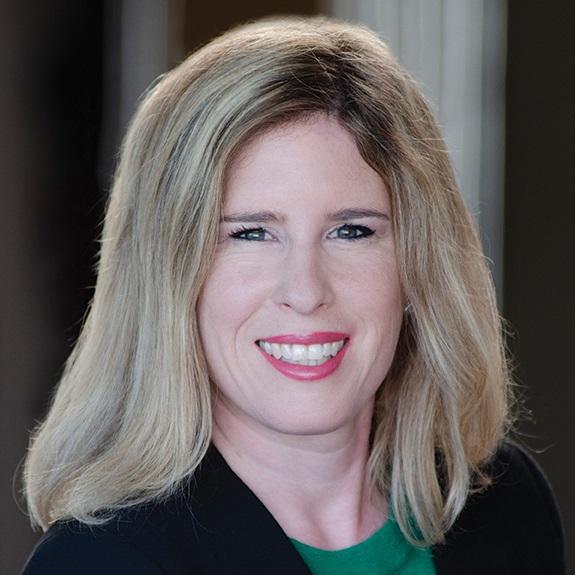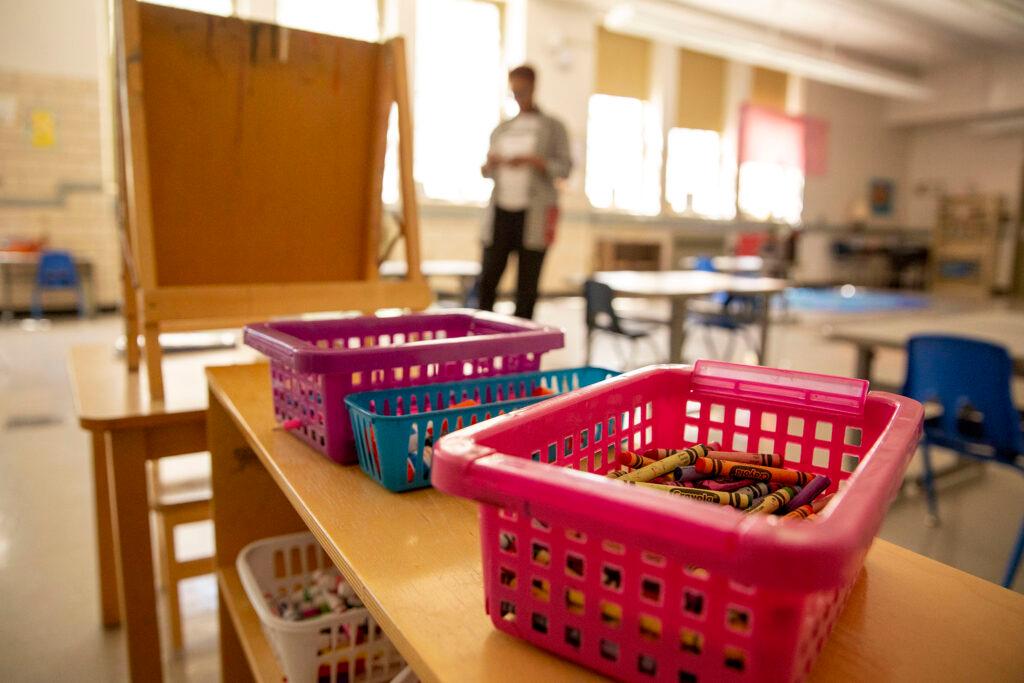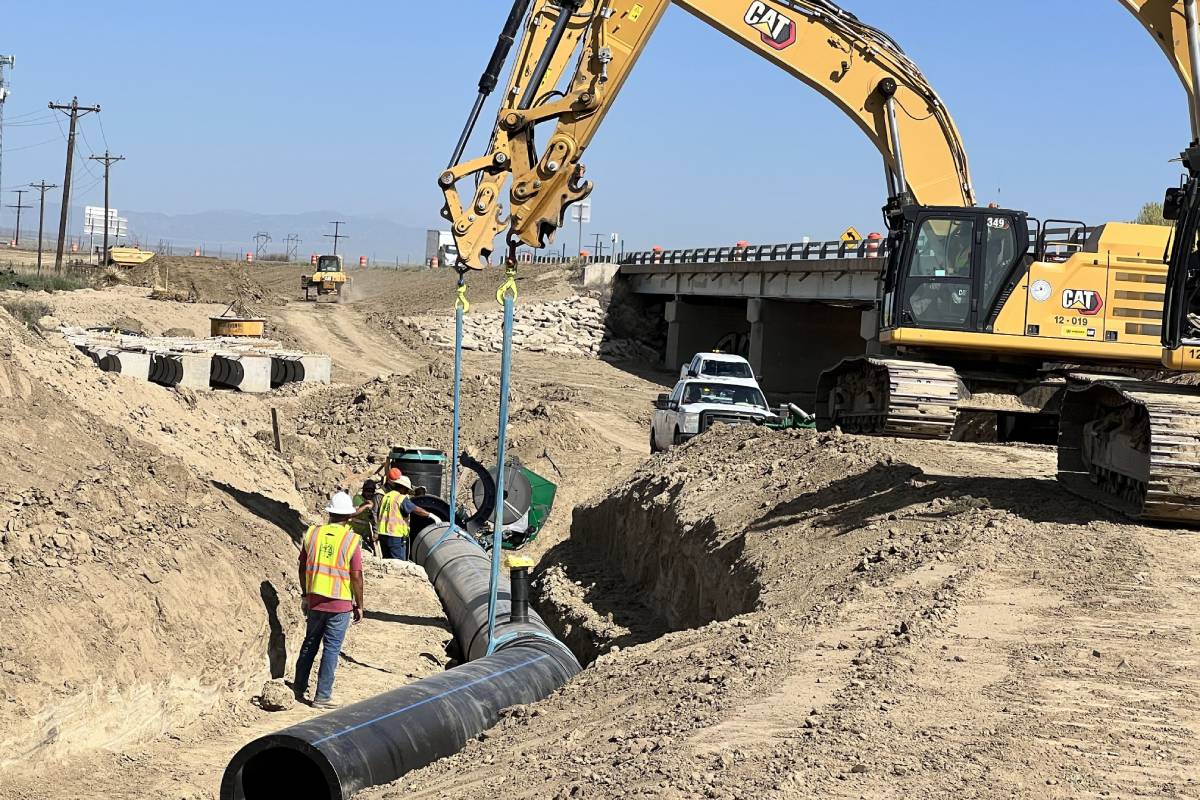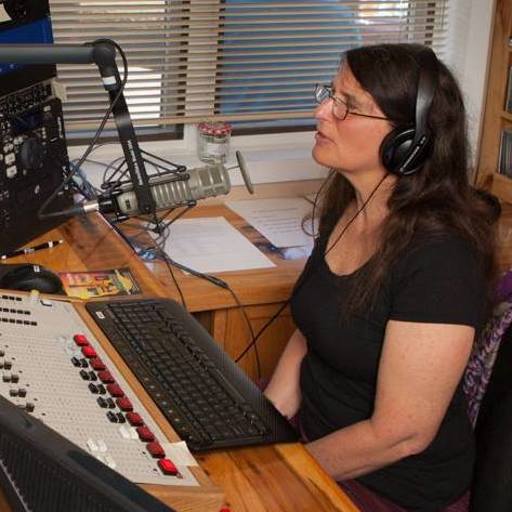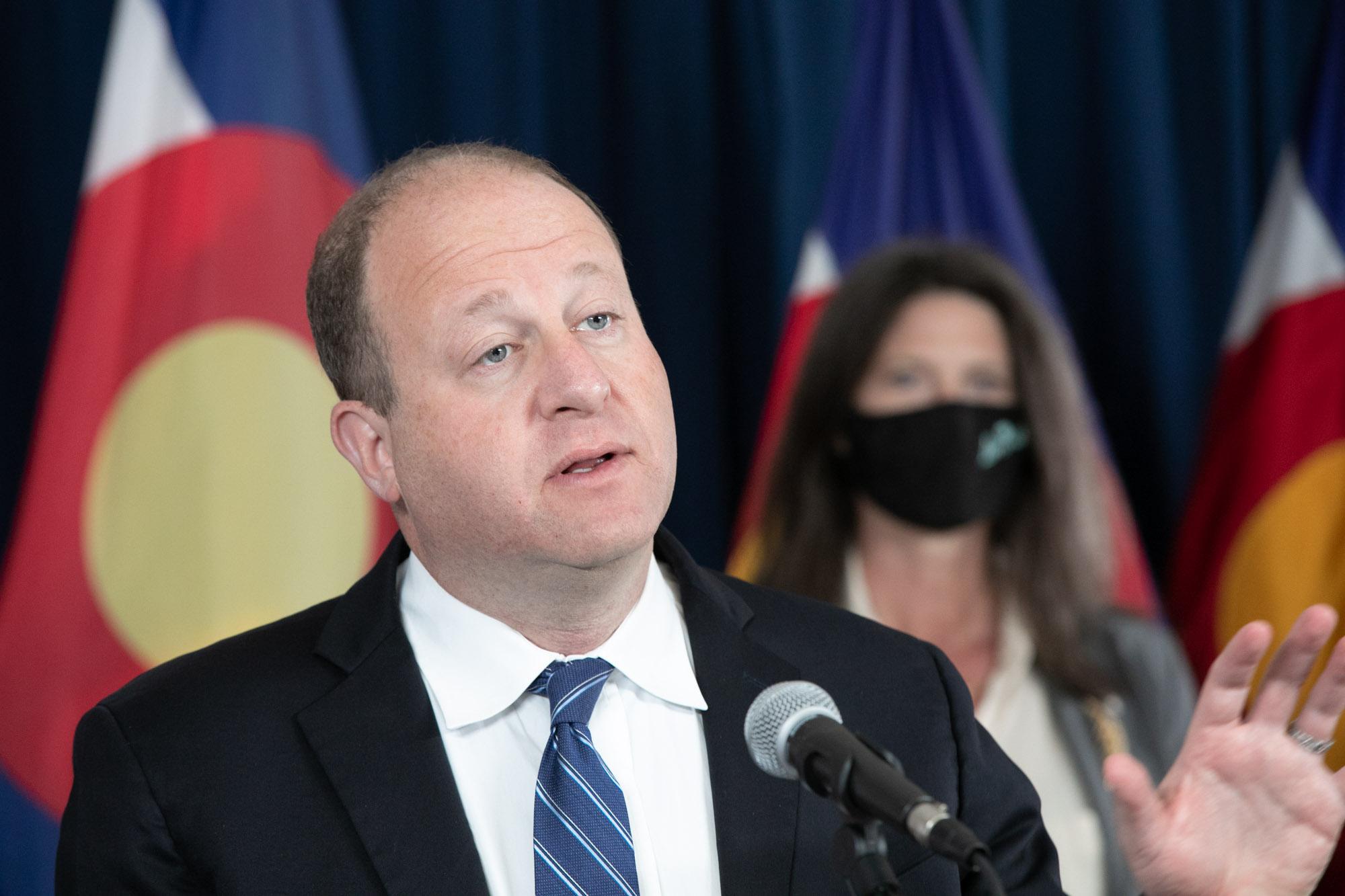
Gov. Jared Polis unveiled the details of his upcoming spending plan for the state today, along with his priorities to help Colorado recover from the pandemic, reduce homelessness and address public safety concerns.
“This last year has also exposed challenges in our workforce, healthcare, and child care systems, as well as in our small business sector. Above all else, the pandemic has only accelerated a pre-existing problem: that hard-working Coloradans are struggling to get ahead with the rising cost of living,” wrote Polis in a letter presenting the budget.
These goals follow a healthy revenue forecast this fall that predicts a strong state economy into next year, with the money flowing into the budget continuing to grow. He wants to increase the state’s operating budget by 8 percent, or $1 billion.
Polis’ office said a top priority is to make strategic decisions about how to spend one-time federal COVID relief money, by putting it into programs that will remain sustainable in the future.
The governor is proposing a significant push to electrify school buses and existing transit fleets, in an effort to deal with the state’s air quality issues. He would also like to spend $28 million to make public transportation free along the Front Range next summer, to help get residents out of their cars during the time of year when ground ozone levels are likely to be at their worst.
He said removing fares would likely increase ridership during that time period, and could also change long-term transportation habits.
Polis also wants to use money to help employers cover the increased costs of unemployment insurance. Premiums are about to climb sharply due to the massive numbers of pandemic layoffs, Polis is proposing $500 million in one-time state funds and $100 million in federal money to offset some of that increase and reduce the fund’s deficit.
“That will save both employers and employees money,” he said. “Our top priority is preventing large increases in the payroll tax.”
The governor hopes the state will increase per-pupil funding for K-12 schools by 4.7 percent and put $150 million toward buying down the state budget shortfall spending for schools — this is the difference between what the state constitution says Colorado should be spending on schools, and what it actually allocates.
“This is the highest total and per-pupil funding the state has ever paid,” said Polis, noting that increasing funding for schools and teacher pay was one of the main reasons he ran for office.
Under the American Rescue Act, Colorado received $3.8 billion to use for COVID related expenses, and the governor and the legislature outlined priorities for the funds — they want to shore up the state budget while putting more money toward mental and behavioral health, affordable housing, workforce development, and recovery and relief programs that Polis says will “help Coloradans in need.”
His proposal also includes a 15 percent budget reserve set aside for future economic downturns or other funding challenges.
“Notably, the state’s ability to continue to deliver services for health care needs, services for behavioral and mental health, a quality education for every child, and a living wage for our workers is constrained by an outdated formula that does not account for the inflationary pressures our state faces,” Polis said
Even though state lawmakers ultimately draft and pass the annual budget, Polis’ plan will serve as a starting point. He formally presents his ideas to the legislature’s Joint Budget Committee on Nov. 15.
Colorado’s constitution requires lawmakers to pass a balanced budget through a process that is typically fairly bipartisan.
“Our whole budget is around meeting the needs of where people are.”
- Colorado’s supreme court approves new congressional district map
- She believed the election system was full of fraud. Her clerk set out to win her trust
- A number of Colorado towns and cities are asking for voters’ help to solve their lack of affordable housing
- For Polis, a Cheyenne name for a mountain is too hard to pronounce. Indigenous groups disagree.
